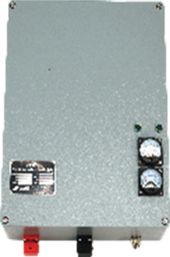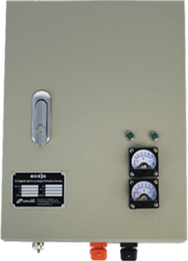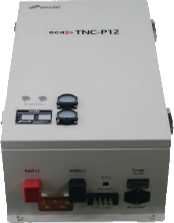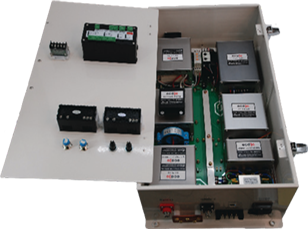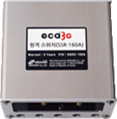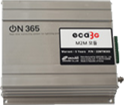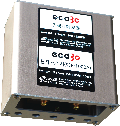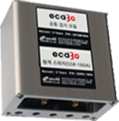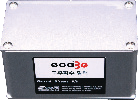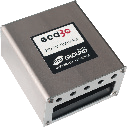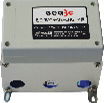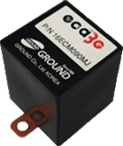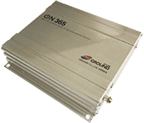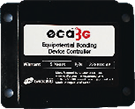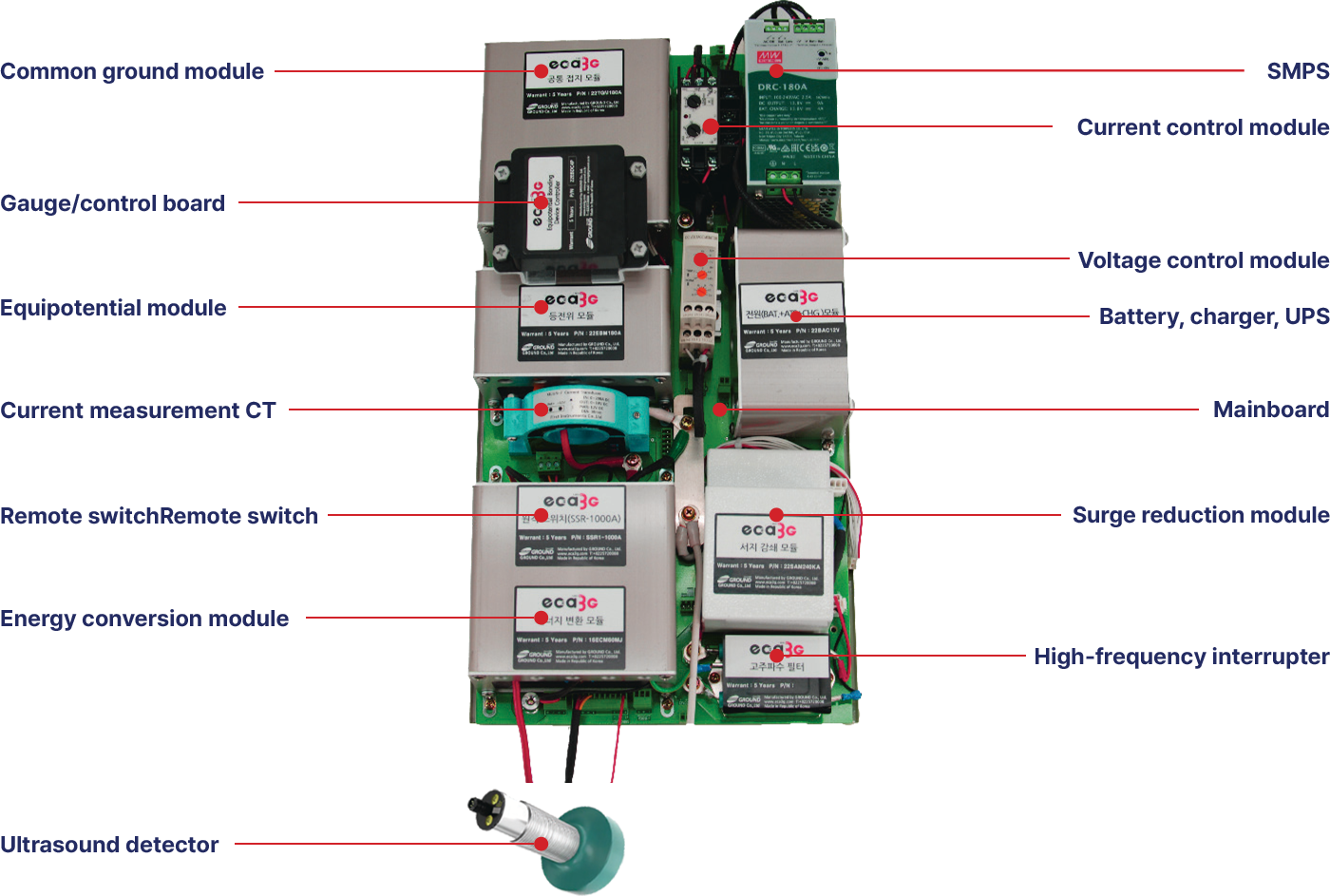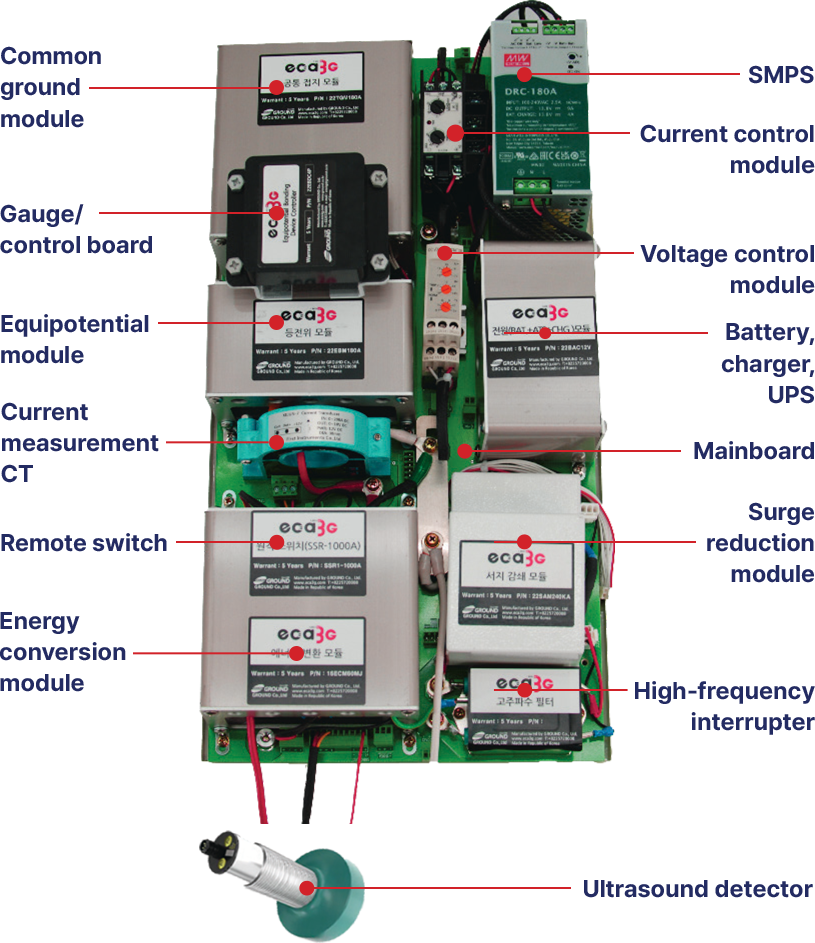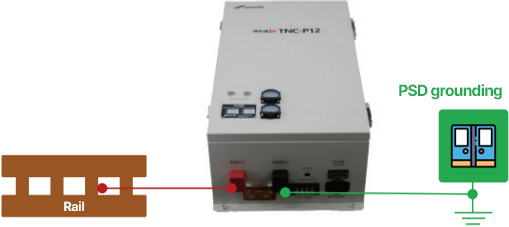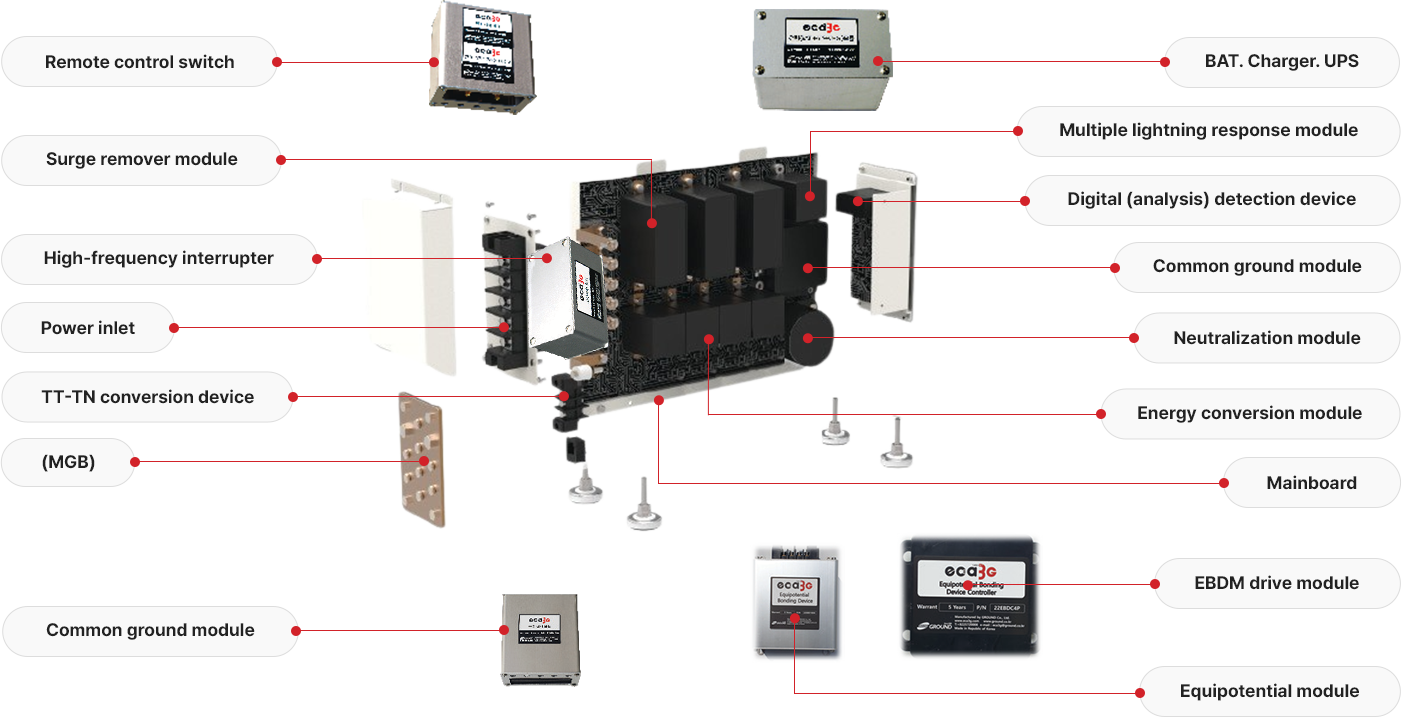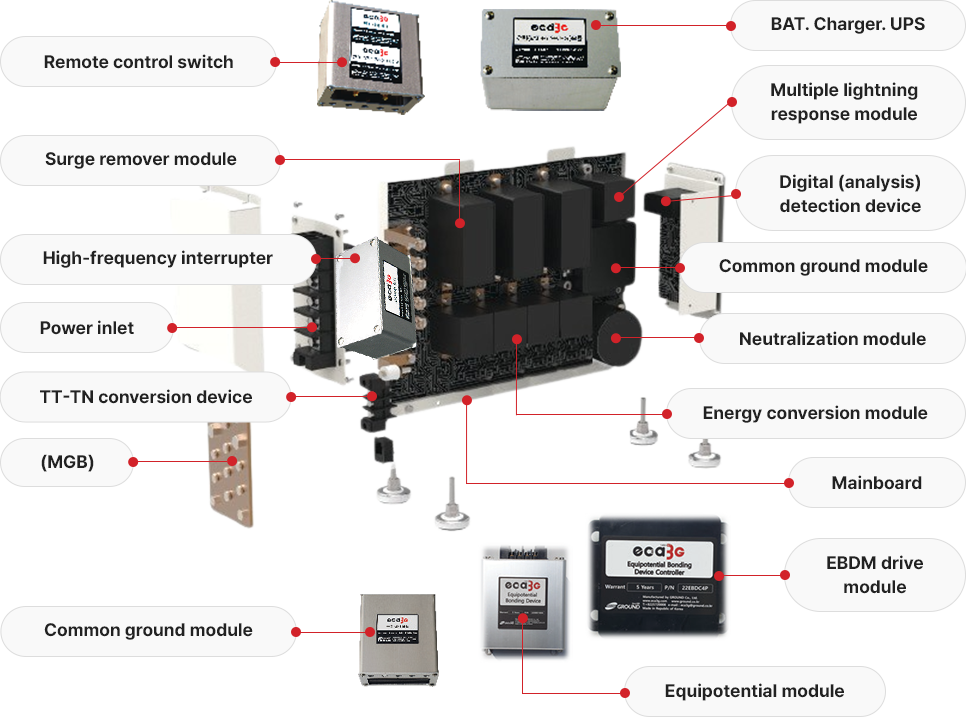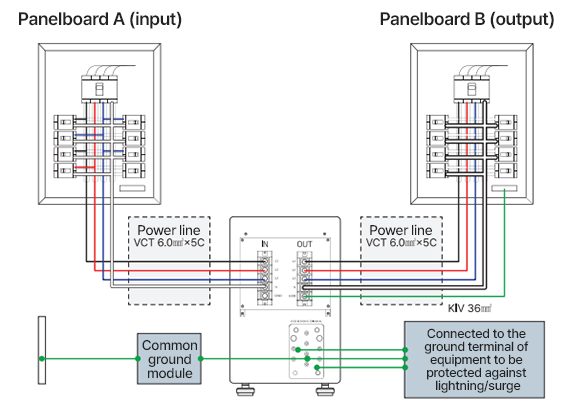Privacy Policy
1. Personal Information Collection and Collection Methods
2. Purpose of Collecting and Using Personal Information
3. Sharing and Providing Collected Personal Information
4. Delegation of Personal Information Processing
5. Retention and Usage Period of Collected Personal Information
6. Procedures and Methods for Destruction of Personal Information
7. Measures to Ensure the Security of Personal Information
8. Rights of Users and Legal Representatives and How to Exercise Them
9. Installation, Operation, and Rejection of Automatic Personal Information Collection Devices
10. Personal Information Manager and Department in Charge
11. Obligation to Notify
This policy is effective as of August 1, 2021.
1. Personal Information Collection and Collection Methods
1) Collected Items: The Company collects the following personal information for the purpose of managing inquiries related to the company, service/product inquiries, recruitment inquiries, website inquiries, reports of misconduct, and security reports.
- Required Information: Name, Company Name, Email, Contact Information
- The right to refuse consent and the disadvantages of refusal
- You have the right to refuse consent to the collection of required information.
- You have the right to refuse consent to the collection of optional information.
However, if you refuse consent, it may be impossible to respond to inquiries.
2) Collection Methods: The Company collects personal information through the following methods:
- 'Online Inquiry' Menu
2. Purpose of Collecting and Using Personal Information
The Company utilizes the collected personal information for the following purposes:
- Providing feedback and management for customer inquiries such as company-related inquiries, service/product inquiries, and website inquiries.
3. Sharing and Providing Collected Personal Information
The Company, in principle, does not provide users' personal information to external parties. However, exceptions are made in the following cases:
- If users have given prior consent
- If there is a request from an investigative agency according to the procedures and methods prescribed by the law for investigation purposes or as required by law
4. Delegation of Personal Information Processing
The Company, in principle, does not outsource the processing of users' personal information to external parties. However, exceptions are made in the following cases:
- If users have given prior consent
- If there is a request from an investigative agency according to the procedures and methods prescribed by the law for investigation purposes or as required by law
5. Retention and Usage Period of Collected Personal Information
The information is promptly destroyed once feedback for customer inquiries related to company-related inquiries, service/product inquiries, and website inquiries is provided.
6. Procedures and Methods for Destruction of Personal Information
In principle, the Company promptly destroys personal information once the purpose of its collection and use has been achieved. The destruction procedures and methods are as follows:
1) Destruction Procedure: Information entered by the customer is stored for a certain period according to internal policies (see Retention and Usage Period) after the purpose is achieved, and then destroyed. The information is not used for any purpose other than retention, unless required by law.
2) Destruction Method: Personal information printed on paper is destroyed by shredding or incineration, and personal information stored in electronic file format is deleted using technical methods that prevent record recovery.
7. Measures to Ensure the Security of Personal Information
The Company takes the following technical, managerial, and physical measures to ensure security:
1) Establishment and Implementation of an Internal Management Plan: The Company establishes and implements an internal management plan to protect personal information.
2) Minimization and Training of Personal Information Processing Staff: Access rights to the database system processing personal information are granted, changed, or revoked to control access to personal information, and unauthorized access is controlled using an intrusion prevention system.
3) Storage and Prevention of Tampering of Access Records: Records of access to the personal information processing system (web logs, summary information, etc.) are stored and managed for at least six months, and security features are used to prevent tampering, theft, or loss of access records.
4) Technical Measures and Access Control Against Hacking: The Company installs security programs to prevent personal information leakage and damage due to hacking or computer viruses, regularly updates and checks them, and installs systems in areas with controlled access from outside. Technical and physical monitoring and blocking are implemented, including network traffic control (Monitoring) to detect illegal information changes and other attempts.
8. Rights of Users and Legal Representatives and How to Exercise Them
Users and legal representatives can view or correct the personal information of registered users at any time. Requests for access, correction, or deletion of personal information can be made to the Personal Information Manager by phone or email, and will be promptly processed after verification.
If a user requests correction of an error in their personal information, the information will not be used or provided until the correction is completed. If incorrect personal information has already been provided to a third party, the Company will promptly notify the third party of the correction to ensure the correction is made.
The Company processes and manages the termination or deletion of personal information requested by users or legal representatives according to the "Retention and Usage Period of Collected Personal Information" section, and ensures that it cannot be viewed or used for any other purpose.
9. Installation, Operation, and Rejection of Automatic Personal Information Collection Devices
Automatic personal information collection devices, such as cookies, are not operated when using internet services.
10. Personal Information Manager and Department in Charge
The Company designates the following departments and personnel in charge of personal information management to protect users' personal information and handle complaints related to personal information:
1) Department in Charge of Personal Information Management
Name:
Phone Number: - -
Email: @
2) Personal Information Manager
Name:
Phone Number: - -
Email: @
Users can report any complaints related to personal information protection while using the Company's services to the Personal Information Manager or the relevant department. The Company will promptly and sufficiently respond to users' reports. For further information or consultation regarding personal information infringement, please contact the following institutions:
1. Personal Information Dispute Mediation Committee (www.kopico.go.kr): 02-2100-2499
2. Supreme Prosecutors' Office Cyber Crime Investigation Team: 02-3480-3571 (http://www.spo.go.kr/)
3. National Police Agency Cyber Safety Bureau: 182 (No area code) (http://cyberbureau.police.go.kr/)
Persons who have suffered infringement of rights or interests due to the disposition or omission by the head of a public institution in accordance with the provisions of Articles 35 (Access to Personal Information), 36 (Correction or Deletion of Personal Information), and 37 (Suspension of Personal Information Processing, etc.) of the Personal Information Protection Act may request an administrative appeal in accordance with the procedures prescribed by the Administrative Appeals Act.
※ For detailed information on administrative appeals, please refer to the Ministry of Government Legislation (http://www.moleg.go.kr) website.
11. Obligation to Notify
If there are any additions, deletions, or modifications to the current privacy policy, they will be notified through the 'Announcements' section on the website at least 7 days before the revision.




